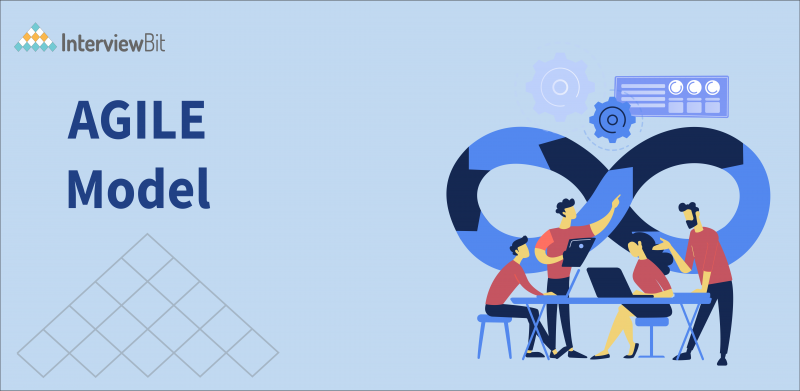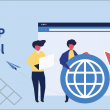- Introduction
- What is the Agile Model?
- Phases of Agile Model
- Agile Testing Methods
- Scrum
- Extreme Programming (XP)
- Crystal
- Dynamic Software Development Method (DSDM):
- Feature Driven Development (FDD)
- Lean Software Development
- Kanban
- Advantages of Agile Model
- Disadvantages of Agile Model
- Conclusion
- FAQs
- Additional Resources
Introduction
In this blog, we are going to discuss the agile model its key features, phases, testing methods, and its pros and cons but before exploring all these let’s see what was the need of introduce the Agile Model and when did it come into the picture. Our ever-expanding digital world has a growing hunger for more complicated and diverse applications. Unfortunately, this demand collides with high software development failure rates. To address this failure Agile Methodology came into existence. The Agile methodology began as a novel technique to manage software development in the software development business. Many software development projects were failing or taking far too long to complete, and industry leaders understood they needed to come up with a new, creative solution.
The Iterative Waterfall model was formerly a common way to finish a project. However, today’s developers confront a number of issues while using it to create applications. The key challenges were dealing with customer change requests during project development, as well as the significant cost and time required to make these changes. Therefore, The Agile Software Development Manifesto was created in 2001. Agile was originally designed to manage software development projects. It has, however, grown to manage projects across all industries, companies, and markets. Now let’s deep dive into the topic and learn more about Agile Model.
What is the Agile Model?
Agile refers to something that is quick or adaptable. A software development approach based on iterative development is referred to as an “agile process model.” Agile approaches divide projects into smaller iterations or sections and avoid long-term planning. The scope and requirements of the project are defined at the start of the development phase. The number of iterations, duration, and scope of each iteration are all clearly determined ahead of time. Unlike the Waterfall paradigm, both development and testing operations are contemporaneous under the Agile model of software testing.
Confused about your next job?
In the Agile process model, each iteration is a small-time “frame” that lasts anywhere from one to four weeks. This time frame is termed as Time Box i.e. the amount of time taken to finish an iteration. The greatest length of time required to provide an iteration to clients is referred to as a time-box. As a result, the end date for an iteration remains unchanged. Though, if necessary, the development team might choose to limit the delivered functionality during a Time-box in order to meet the deadline. The delivery of an increment to the client after each Time-box is the basic principle of the Agile approach. The segmentation of the complete project into smaller pieces helps to reduce the total project delivery time requirements while minimizing project risk. Before a working product is demonstrated to the client, each iteration requires a team to go through the entire software development life cycle, which includes planning, requirements analysis, design, coding, and testing.
The four essential values of agile software development are highlighted:
- Interactions between individuals and groups about processes and tools
- Working software takes precedence over thorough documentation.
- Collaboration with customers is preferred over contract negotiations.
- Adapting to change in accordance with a strategy
Phases of Agile Model
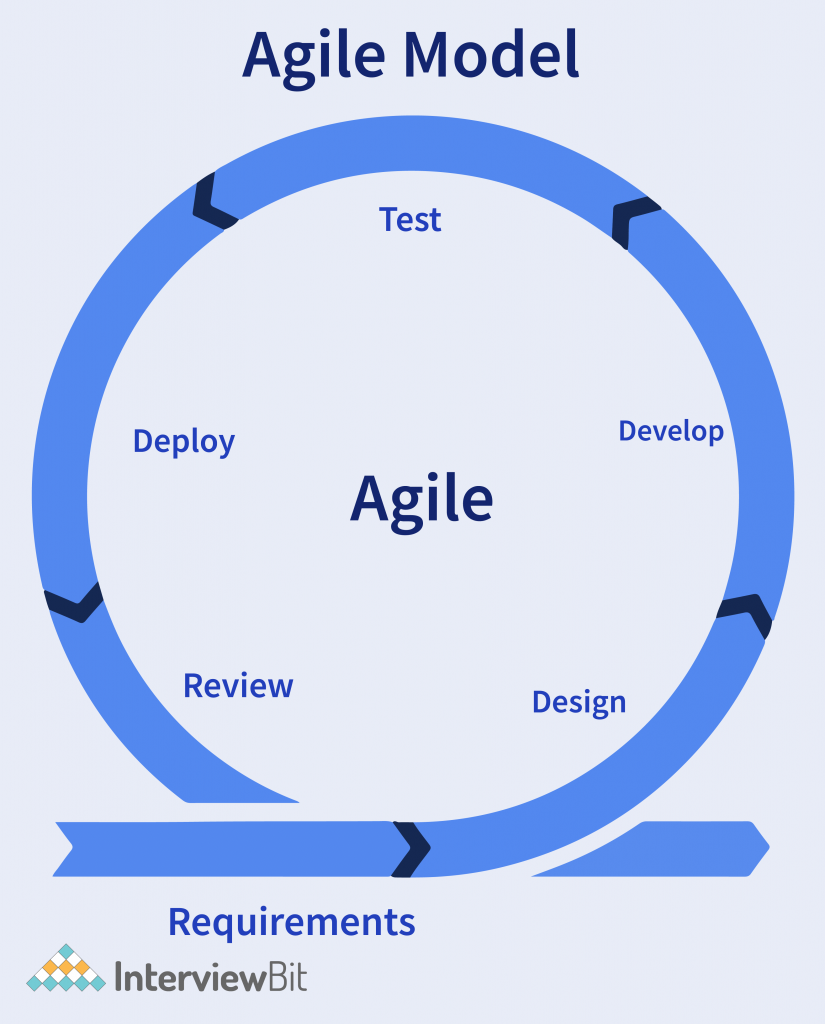
Different phases of Agile Methodology are defined in the below points;
- Requirement Gathering: You must define the criteria at this step. You should describe the project’s business opportunities and estimate the time and effort required to complete it. You can assess technical and economic feasibility based on this information.
- Design the requirement: Work with stakeholders to define requirements once you’ve defined the project. To demonstrate how new features function and how they will fit into your existing system, use a user flow diagram or a high-level UML diagram.
- Develop/Iteration: The work begins once the team has defined the requirements. Designers and developers begin work on their projects, with the goal of releasing a functional product. The product will go through several stages of development before being released, thus it will have basic, rudimentary functionality. Ultimately, deploying a non-static product or service.
- Test: This phase basically involves the testing team i.e. the Quality Assurance team checks the product’s performance and seeking for the bug during this phase.
- Deployment: The team creates a product for the user’s work environment in this phase.
- Review / Feedback: The final phase is to get feedback after the product has been released. This is where the team receives feedback on the product and works through it.
Agile Testing Methods
After looking at the different phases of the agile model, this section describes the different testing methods involved in this model. We will be discussing each and every method in detail.
Scrum
Scrum is formed from the activity that takes place during a rugby match. It is an agile development methodology that focuses on task management within a team-based development environment. It promotes working in small teams and believes in empowering the development team. There are three positions in it, each with its own set of responsibilities described below:
- Scrum Master: Sets up the team, holds sprint meetings, and removes roadblocks to development.
- Product Owner: Creates the product backlog, prioritizes the delay, and is in charge of the functionality distribution on each repeat.
- Scrum Team: The team organizes and oversees their work in order to accomplish the sprint or cycle.
Apart from this, the below-mentioned points give a glimpse of a process flow that is followed in a scrum:
- Each iteration of a scrum is termed as Sprint.
- A product backlog is a list that contains all of the information needed to create the final product.
- The top user stories from the Product backlog are chosen and translated into Sprint backlogs during each Sprint.
- The team works on the sprint backlog that has been established.
- The team double-checks the everyday job.
- The team delivers product functionality at the end of the sprint.
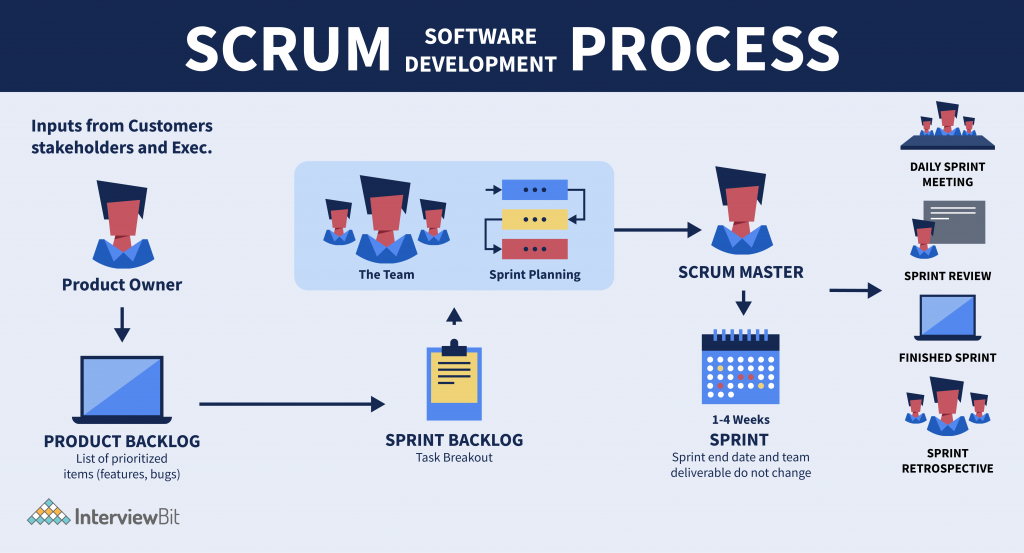
Extreme Programming (XP)
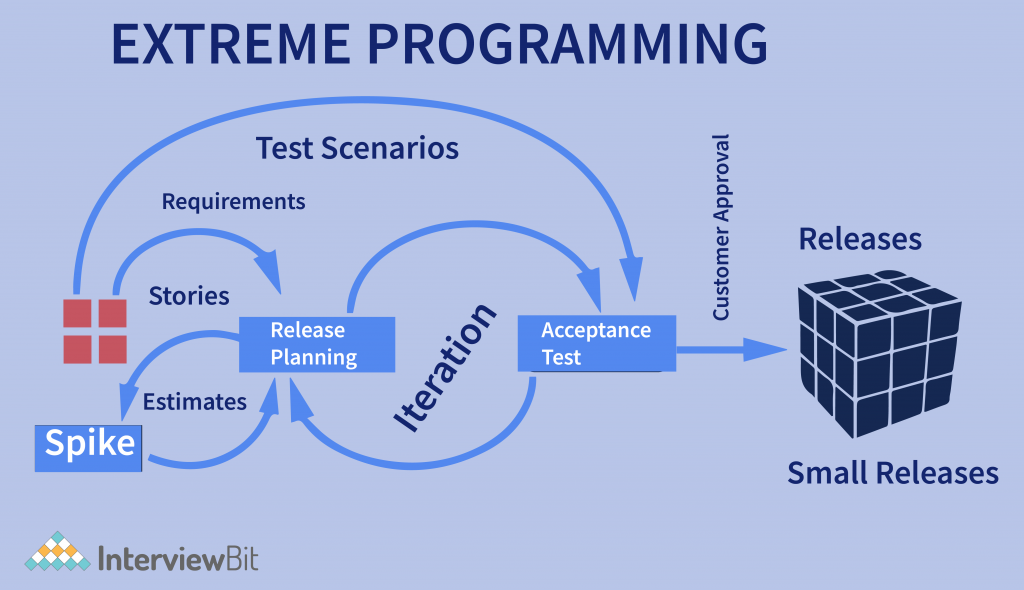
When clients’ needs or specifications are continually changing, or when they are unsure about the system’s functionality, the Extreme Programming technique comes in handy. It encourages numerous “releases” of the product in short development cycles, which increases the system’s efficiency and provides a checkpoint where any client requirements may be quickly incorporated. The XP creates software with the client in mind. The following are some of the beneficial practices identified in the extreme programming model and proposed for maximizing their use:
- Code Review: Code review effectively finds and corrects mistakes. It describes pair programming as the coding and review of written code carried out by a pair of programmers who alternate their work every hour.
- Testing: Testing code aids in the removal of faults and increases its dependability. To continuously write and execute test cases, XP recommends test-driven development (TDD). Test cases are written before any code is written in the TDD approach.
- Incremental Development is beneficial since client feedback is obtained, and the development team uses this information to create new increments every few days following each iteration.
- Simplicity: facilitates the development of high-quality code as well as its testing and debugging.
- Design: To produce high-quality software, it’s critical to have a decent design. As a result, everyone should design on a daily basis.
- Integration Testing: It aids in the detection of flaws at the interfaces of various functionalities. According to extreme programming, developers should build and test integration numerous times a day to achieve continuous integration.
Crystal
The three concepts that underpin Crystal Methodology are as follows:
- Chartering: Creating a development team, doing a preliminary feasibility analysis, designing an initial strategy, and fine-tuning the development approach is all part of this phase.
- Cyclic Delivery: During the primary development period, the Team updates and refines the release plan throughout two or more delivery cycles. Through one or more program tests integrating iterations, a subset of the requirements is implemented. A fully integrated product is made available to real users.
- Wrap Up: This phase includes tasks such as deployment into the user environment, post-deployment reviews, and reflections.
Dynamic Software Development Method (DSDM):
DSDM is a software development rapid application development technique that provides an agile project distribution structure. Users must be actively connected in order to use DSDM, and teams have been given the authority to make decisions. DSDM employs the following techniques: Time Boxing, MoSCoW Rules, Prototyping.
This method has 7 stages involved and these are:
- Pre-Project
- Feasibility Study
- Business Study
- Functional Model Iteration
- Design and Build Iteration
- Implementation
- Post-Project
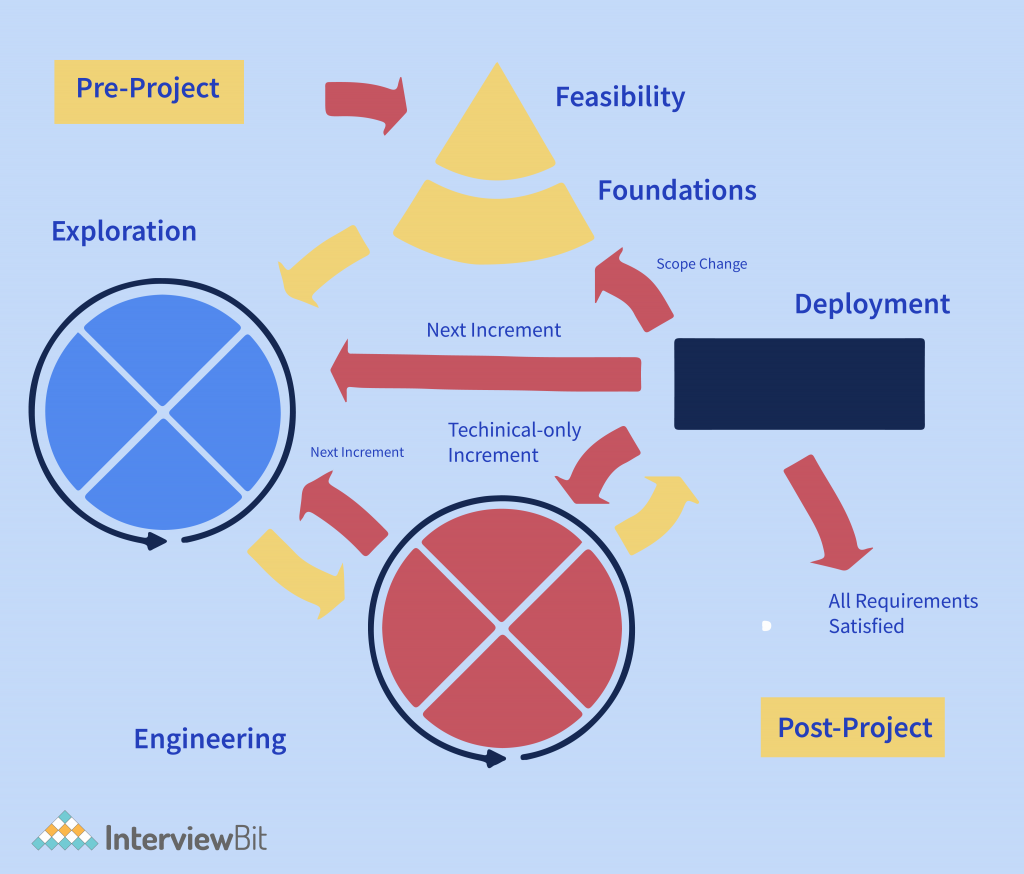
Feature Driven Development (FDD)
The major goal of feature-driven development is to provide clients with timely updated and functional software. At all levels of FDD, reporting and progress tracking is required. The “Designing and Building” features are the center of this method. Below mentioned points are the lifecycle of FDD:
- First of all entire model is built
- After the model is done, the feature list is prepared
- Then plan according to feature
- Design according to feature
- At last build according to feature
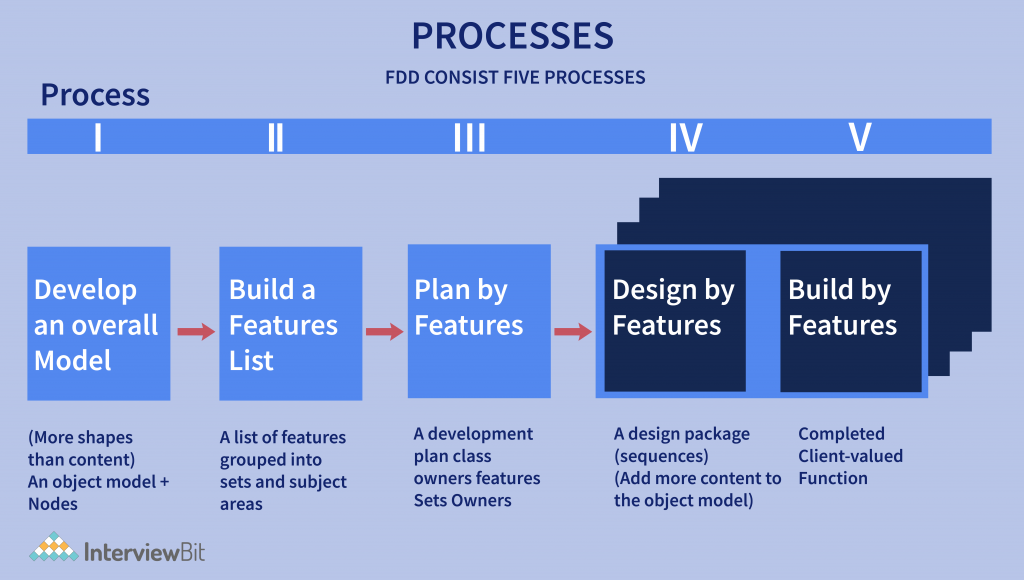
Features of FDD
- Customer Focused
- Short Iterations are there i.e. The FDD lifecycle uses basic and short iterations to efficiently complete work on schedule and keeps massive projects moving.
- The domain model and feature list are built in the first two activities of the lifecycle, while the latter two activities get more than 70% of the effort.
- FDD ensures that new features are added to the software on a regular basis, ensuring the project’s long-term success.
Lean Software Development
The “Just in Time Production” premise underpins the lean software development process. Its goal is to speed up software development while lowering costs. The process of lean development can be broken down into seven parts.
- Getting Rid of Waste
- Boosting Learning
- Deferring Commitment (deciding as late as possible)
- Delivery in a timely manner
- Empowering the Team
- Building Integrity
- Optimize the entire process.
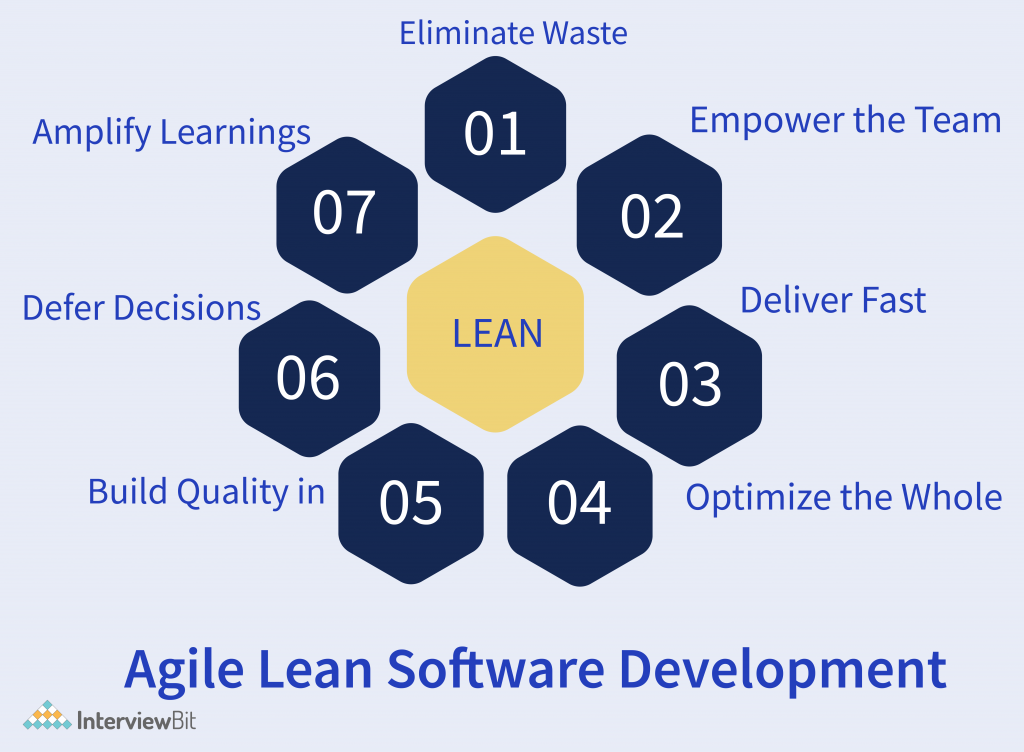
Kanban
Kanban is a Japanese word that refers to a card that contains all of the information needed to complete a product at each stage of its journey to completion. This framework or method is widely used in software testing, particularly in Agile methodologies. It is a visual project management model that emphasizes continual improvement and workflow openness. Kanban in software testing is all about showing project status to clearly understand what’s waiting to be picked up in a backlog, what work is now in progress, and what work is finished. In software testing, Kanban helps to improve organization, maintain a consistent project flow, and promote transparency on the state of work throughout the process.
Advantages of Agile Model
- Communication with clients on a one-on-one basis.
- Continual Delivery
- Design that is both efficient and meets the needs of the company.
- Changes can be made at any moment.
- It cuts down on overall development time.
- Customer satisfaction is defined as the development and delivery of valuable software at a rapid pace.
- Customer, Developer, and Product Owner meet on a frequent basis to focus on the customer’s needs rather than processes and tools.
- The product is developed quickly and provided regularly within a few weeks rather than a month.
Disadvantages of Agile Model
- There isn’t enough focus on the necessary design and documentation.
- The agile development process has a somewhat higher cost than traditional development methodologies.
- It isn’t appropriate for small-scale development projects.
- It is necessary for a project expert to make critical judgments during the meeting.
- If the project manager is unclear about the requirements and the outcome he or she desires, the project might easily go off track.
- Maintenance of the completed project can become challenging due to a lack of sufficient documentation once the project is completed and the developers are assigned to another project.
Conclusion
In this blog, we have discussed the agile methodology in detail. The above-mentioned sections talk about its pros and cons, what was the need for Agile in software engineering. In order to avoid the last-minute hassle, this model was introduced and made the life of developers and testers easy. Moreover, this model is entirely focused on customer satisfaction as it involves frequent releases and client reviews at each release instead of one release on a long-term basis that has given a boom to the software industry in maintaining the software quality.
FAQs
Q. Why is the Agile Model Used?
A. The agile technique eliminates the possibility of wasting a lot of time if adjustments are needed. Instead of collaborating with other teams, it allows teams to work directly with clients. This produces a clear result with a specific purpose that is accomplished in a step-by-step manner.
Q. Where do we use Agile Model?
A. We can employ agile where collaboration is critical to the project’s success, where we have long-term goals with no constraints on requirements, and where we have the ability to use time or resources as much as we want.







 Join WhatsApp Group
Join WhatsApp Group
